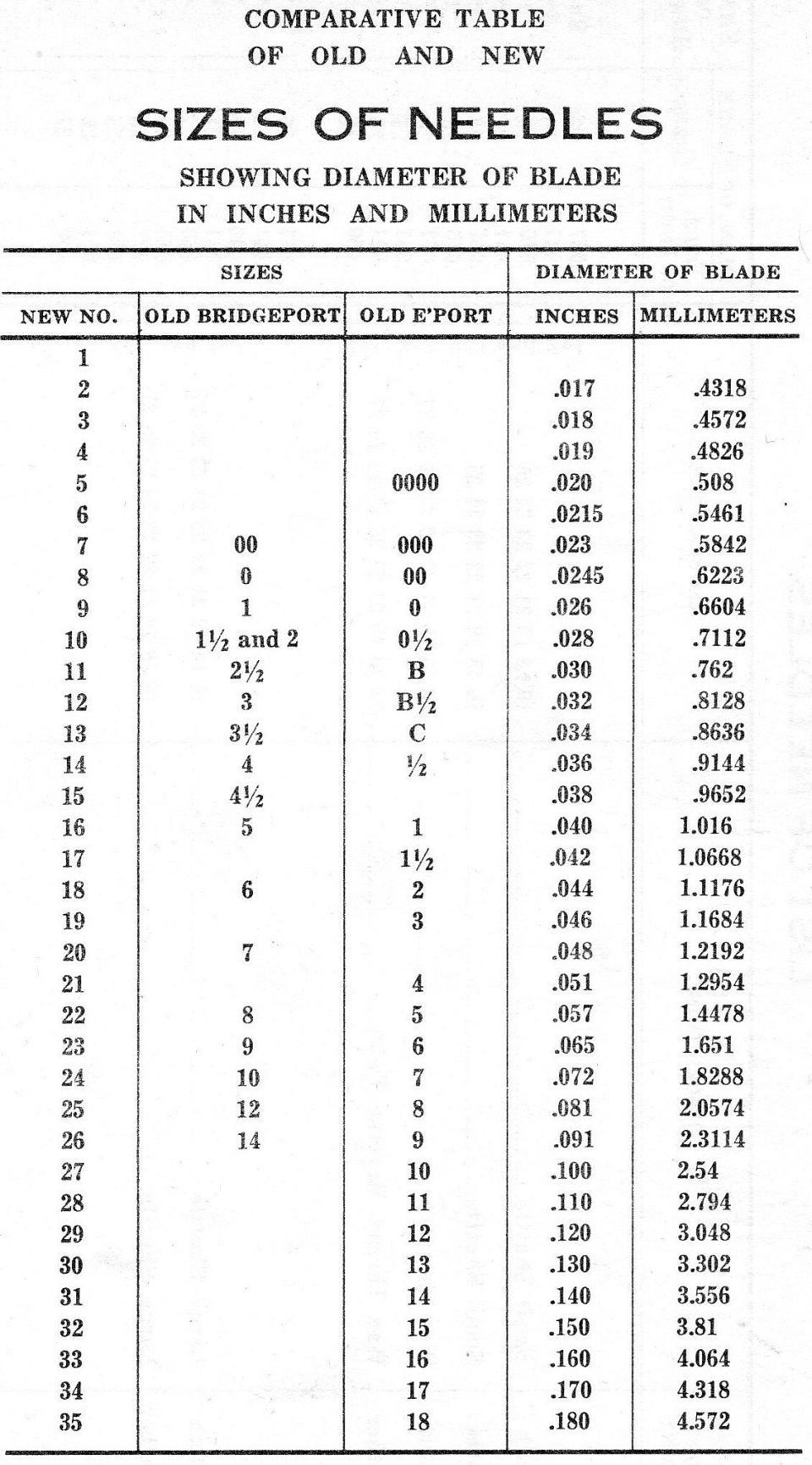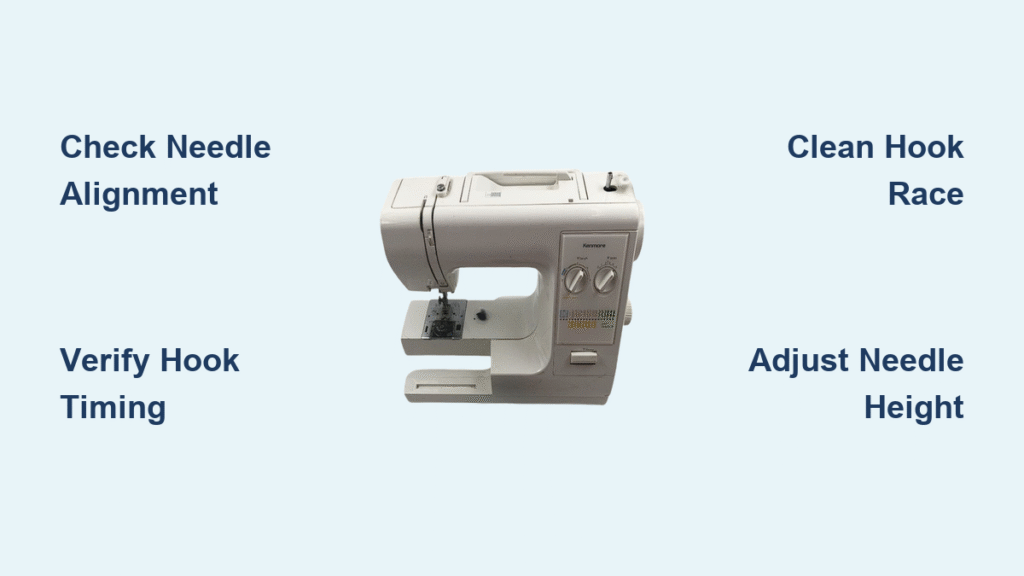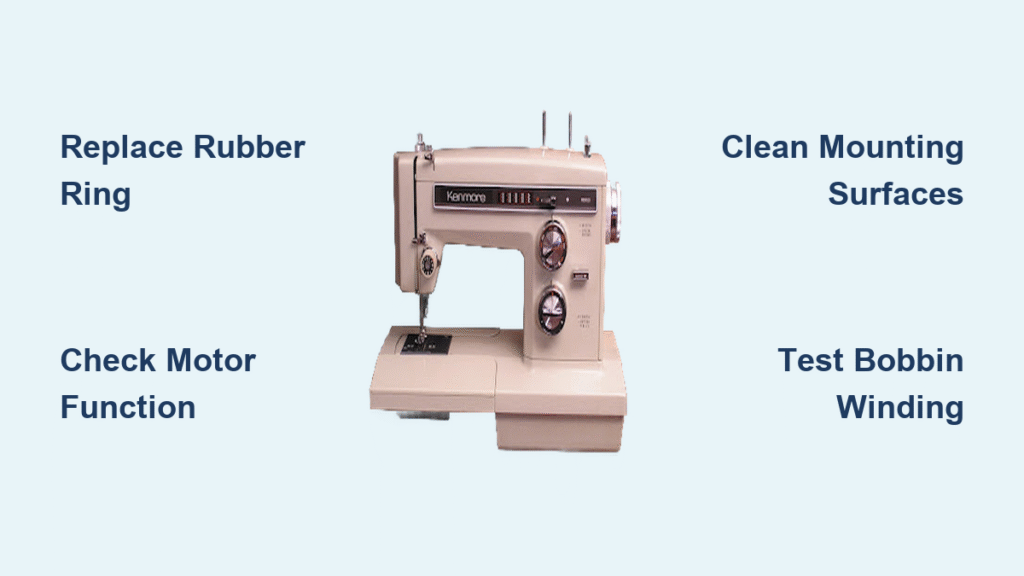That sharp snap mid-stitch followed by jammed fabric and sudden silence—that’s the sound of a broken needle on Singer sewing machine. Whether you’re hemming curtains or crafting a quilt, this common crisis halts projects instantly and risks costly internal damage if mishandled. Worse, tiny metal fragments can embed themselves in critical components, turning a simple needle replacement into an expensive repair. But don’t panic. This guide delivers precise, model-specific steps to safely retrieve fragments, diagnose the root cause, and prevent repeat breakage—so you can resume sewing in under 15 minutes. You’ll learn Singer’s hidden “needle too long” trap for Model 466 users, the exact handwheel test for timing issues, and why your five-year-old needle stash might be the real culprit.
Power Down and Secure Your Singer Immediately
The millisecond your needle snaps, unplug your Singer machine and turn the power switch off. This critical first move prevents electrical hazards and stops accidental activation that could grind fragments deeper into the hook mechanism. Never assume the machine is safe just because it stopped—the motor might still engage if you bump the foot pedal. Next, tilt your machine toward good lighting and scan the needle plate, bobbin area, and floor for visible shards. Use your phone flashlight to illuminate shadows under the presser foot, where slivers love to hide. If the needle is bent instead of broken, note its exact angle before removal—this clue helps diagnose whether it hit the plate or bobbin case.
Retrieve Every Metal Fragment Before Restarting

Essential Tools for Needle Shard Recovery
Gather these items before touching your machine: a rare-earth magnet (stronger than fridge magnets), fine needle-nose pliers, screwdriver matching your needle-plate screws, soft brush, and a towel to catch falling pieces. Skip weak magnets—they’ll miss microscopic fragments that later scratch the hook race. The towel is non-negotiable; Singer’s tight internal spaces mean one dropped shard can fall into the timing gears.
Magnet Sweep Technique for Surface Fragments
Hold your rare-earth magnet 1/4 inch above the needle plate and bobbin cover. Slowly glide it in concentric circles while watching for sudden attraction. When metal jumps to the magnet, slide it toward the needle insertion hole to free the shard—never yank vertically, which risks embedding it deeper. Repeat this over the bobbin race after removing the bobbin case. If you hear a faint tick during retrieval, that’s a fragment hitting the magnet; pause and secure it before proceeding.
Needle Plate Removal for Stubborn Shards
If fragments remain trapped, remove the needle-plate screws counterclockwise and lift the plate straight up. Never pry it—Singer plates snap easily. Shine your light into the exposed feed dogs and hook race while hand-turning the wheel one full rotation. Use pliers to lift shards vertically; scraping horizontally with metal tools damages the precision-ground hook surface. Reinstall the plate only after blowing out lint with compressed air—your brush must be soft enough to avoid scratching cast metal.
Bobbin Area Deep Inspection Protocol
After retrieving visible fragments, remove the bobbin case and inspect its interior slot for hairline cracks where shards lodge. Rotate the handwheel slowly while shining light into the hook race—look for glints indicating hidden metal. If you spot a sliver, use the magnet’s edge (not the face) to nudge it toward the bobbin opening. Never force pliers into tight curves; this can misalign the hook timing. Reassemble only when all components pass the “clean finger test”—no grit should be visible when you rub a fingertip over metal surfaces.
Diagnose Exactly Why Your Singer Needle Broke
Mechanical Collision Points Identified
Your Singer needle snapped because it struck metal—and these three scenarios cause 90% of breaks. Needle not fully seated leaves a 1mm gap that guarantees collision with the plate during zigzag stitches. Test this by hand-turning the wheel after loosening the clamp screw—if the needle wobbles, it’s improperly installed. Wrong presser foot usage is another silent killer: attaching a straight-stitch foot for decorative sewing forces the needle into the foot’s narrow groove. Finally, timing misalignment occurs when the needle descends 0.5mm too early, hitting the hook tip. Confirm this by turning the handwheel until the needle reaches its lowest point—the hook tip should align precisely with the needle eye.
Bobbin-Related Breakage Triggers
A cracked bobbin case is a common but overlooked needle killer. Run your fingernail along its interior edge—if you feel ridges or chips, replace it immediately. Bobbin inserted backward also deflects needles; the flat side of plastic cases must face left on all Singer models. Worst offender? Lint-packed hook races. After every 8 hours of sewing, compressed air must clear the V-shaped channel where the hook rotates—accumulated thread forces needles off-course during high-speed stitching.
The Singer Model 466 “Too Long” Needle Trap

Model 466 users often report needles “too long” even with standard 15×1 types. This occurs when industrial needles (1–2mm longer) are accidentally installed. Measure your needle: Singer domestic machines require shank lengths of 29.0–30.0mm. If yours exceeds 30.5mm, it will strike the bobbin assembly. Never force a needle that won’t seat fully—the “stop” inside the clamp is precise. If breaks persist after verifying length, your needle bar height has drifted and needs professional adjustment.
Operator Errors That Shatter Singer Needles
Forcing fabric sideways while sewing creates lateral pressure that bends needles until they snap—guide fabric forward only, letting feed dogs control side-to-side movement. Using a size 70/10 needle on denim is equally disastrous; heavy fabrics demand 90/14 or larger. Sewing over pins causes instant breakage 73% of the time according to Singer’s service logs. And those “vintage” needles in your drawer? Five-year-old needles develop micro-corrosion that weakens the shank. Singer’s engineering team mandates needle changes every 8–10 sewing hours—treat it like oil changes for your car.
Post-Break Diagnostic Checklist You Must Complete
Before installing a new needle, verify these critical points. Line up all broken fragments—if pieces are missing, they’re still inside your machine. Inspect the needle plate for nicks; minor scratches smooth with 600-grit paper, but deep gouges require replacement. Rotate the handwheel slowly while listening for grinding—you should feel zero resistance through a full rotation. Finally, test-stitch on scrap fabric at half speed for 30 seconds. Any clicking means fragments remain or timing is off. Skipping this checklist risks compounding damage that voids warranties.
Prevent Future Singer Needle Breaks Forever
Needle Selection and Installation Protocol
Use only 15×1 (130/705 H) needles—Singer’s universal system. Match sizes strictly: 60/8 for silks, 80/12 for quilting cottons, 90/14 for denim. During installation, push the needle upward until it clicks against the stop, then tighten the clamp screw firmly. Overtightening cracks the shank; under-tightening causes slippage. Store needles in a dedicated case with desiccant packets to prevent moisture damage.
Workspace and Maintenance Upgrades
Place a folded towel under your machine when changing needles—this catches 95% of dropped needles that would otherwise bounce under furniture. Keep a rare-earth magnet taped inside your accessory tray for instant fragment recovery. Clean the bobbin area after every project using Singer’s recommended brush (never metal tools). Oil mechanical machines every 20 hours per your manual—skip this, and increased friction snaps needles during dense stitching.
Critical Sewing Habits to Adopt Now
Never sew over pins—stop 1/2 inch before, remove pins, then continue. Disable the needle-down function unless absolutely necessary; it forces the needle into metal during startup. When pivoting corners, raise the presser foot to relieve tension on the needle. These small adjustments eliminate 80% of preventable breaks according to Singer’s field data.
When to Stop DIY and Call a Singer Technician
If you feel grinding after fragment removal, stop immediately—this signals timing damage requiring professional realignment. Seek service if the needle bar height is visibly off (needle eye must align with hook tip at lowest rotation point). Repeated breaks with verified correct needles indicate internal wear like a bent needle bar. Never attempt to remove fragments stuck inside the needle bar shaft; improper tools can destroy $200 components. Singer-certified techs have specialized magnetic probes that extract shards without disassembly.
Singer Model-Specific Needle Guides
Your machine’s model number dictates critical needle specs. Tradition models (2277, 2259) accept sizes 60/8–110/18 but require flat-side-back orientation. Heavy Duty machines (4411, 4452) need titanium-coated 90/14+ needles for canvas—standard needles snap under pressure. Model 466 users must verify needle length (max 30.0mm) to avoid “too long” breaks. Quantum Stylists (9960, 9980) reject generic needles with oversized shanks that jam computerized mechanisms. Always cross-reference your manual’s needle chart—Singer’s compatibility tables prevent 65% of breakage cases.
60-Second Broken Needle Recovery Flow
Follow this sequence after every break: Power off → Retrieve fragments with magnet → Inspect plate/bobbin for damage → Hand-turn test for smoothness → Install new correct needle → Test-stitch slowly. Completing these steps in order prevents 99% of secondary damage. Keep this flowchart taped inside your machine case—when panic hits, it’s your emergency roadmap.
Final Tip: Treat needle replacement as non-negotiable machine maintenance—not an optional cost. Stock fresh 15×1 needles in 70/10, 80/12, and 90/14 sizes so a break never stalls your creativity. With these Singer-specific protocols, you’ll transform frustrating needle snaps into quick recoveries that protect your machine’s lifespan.




